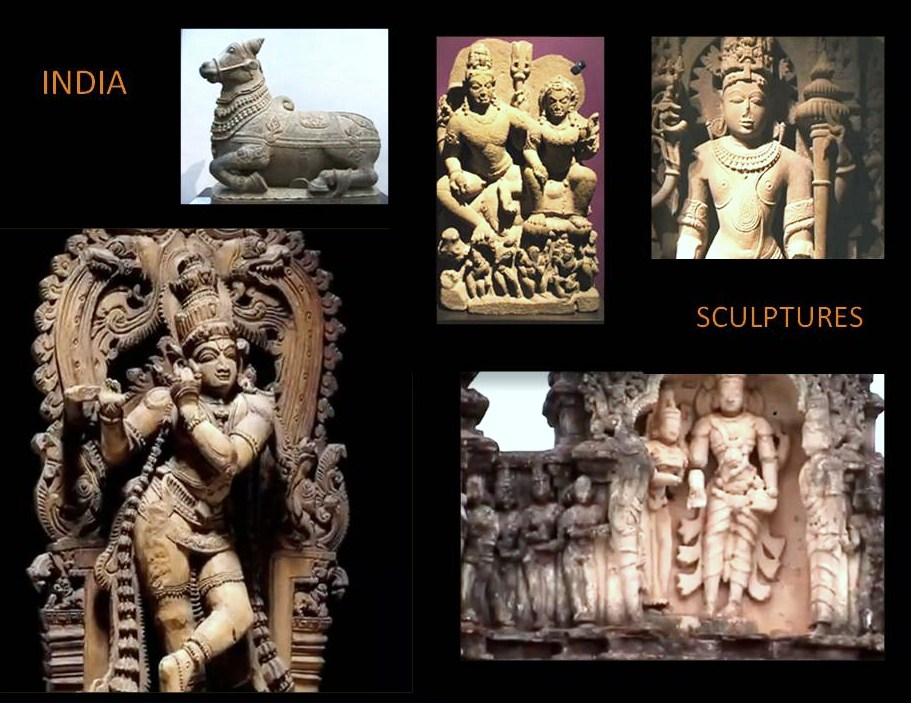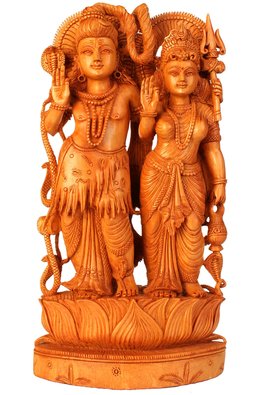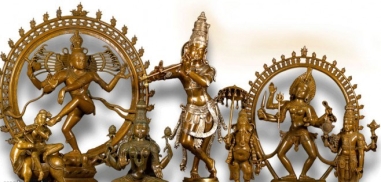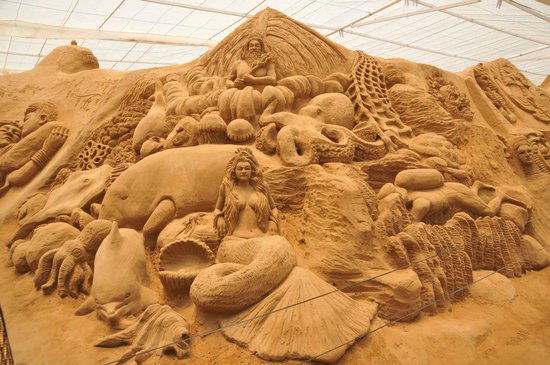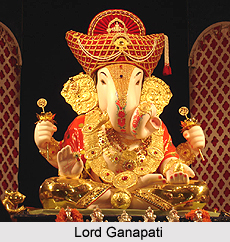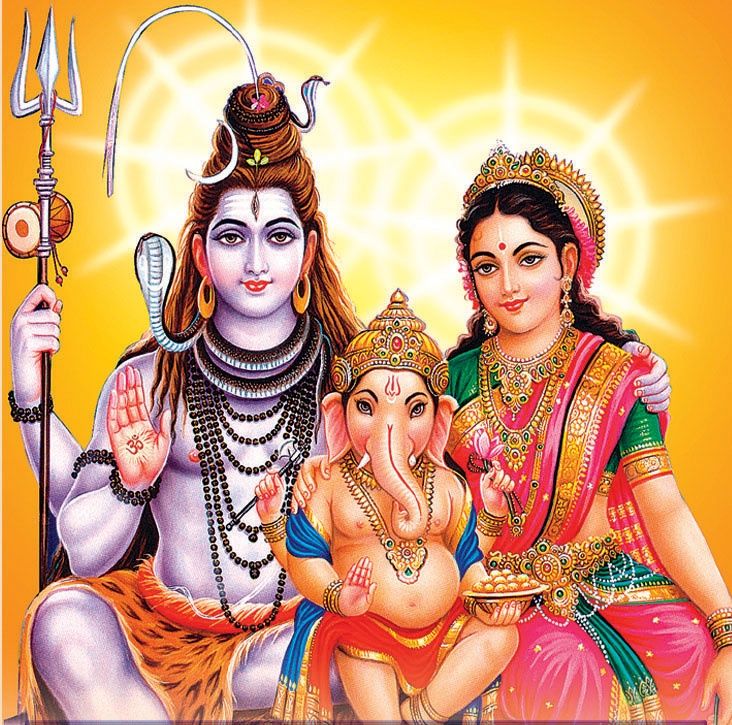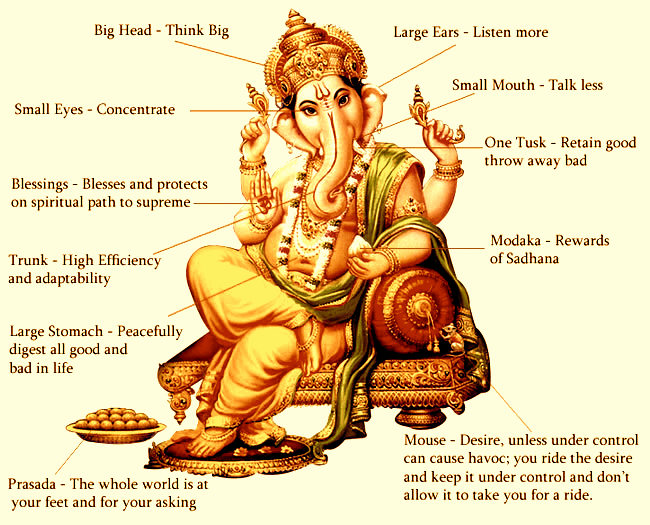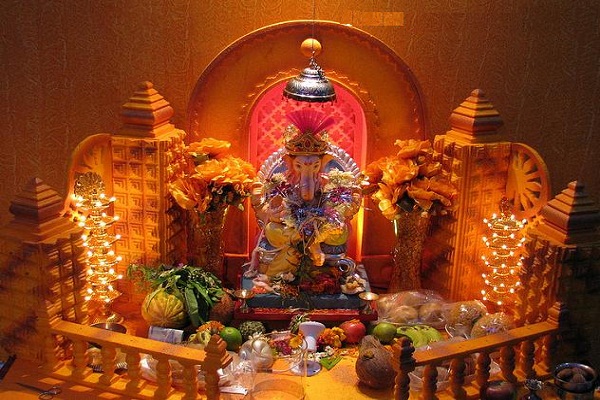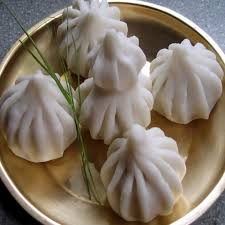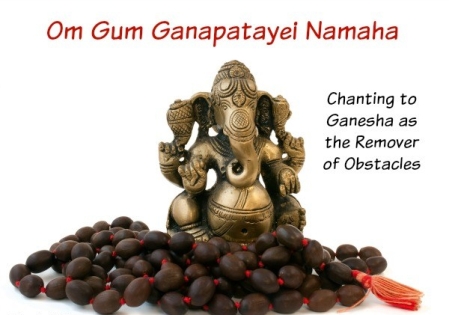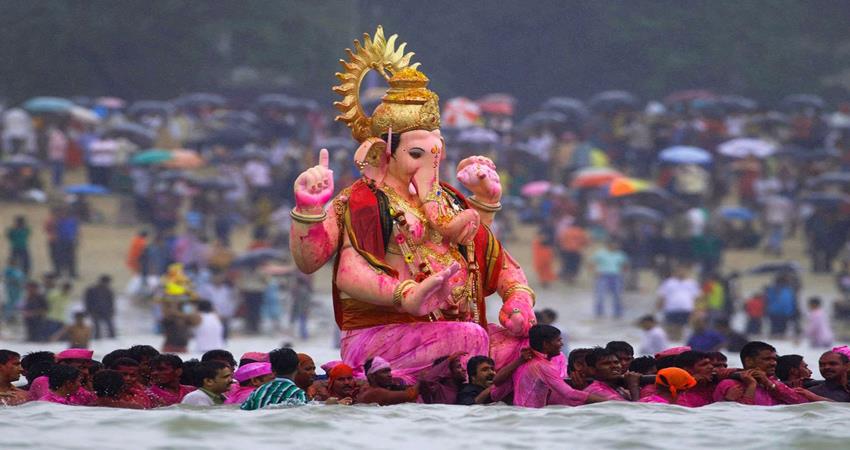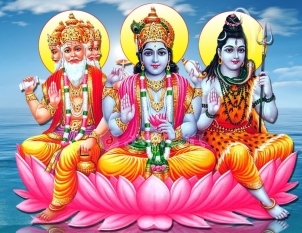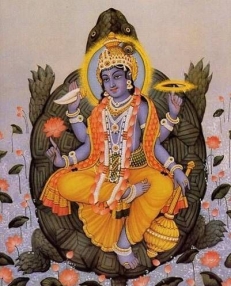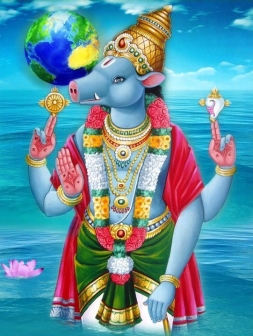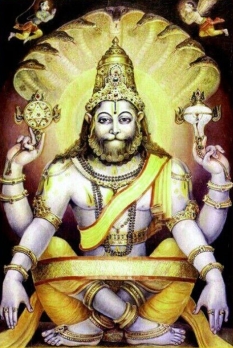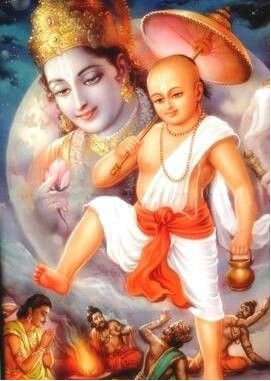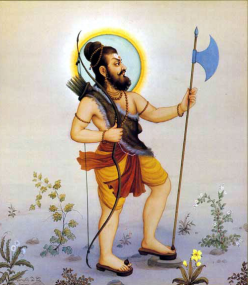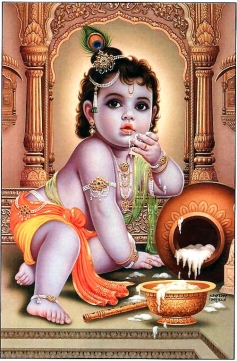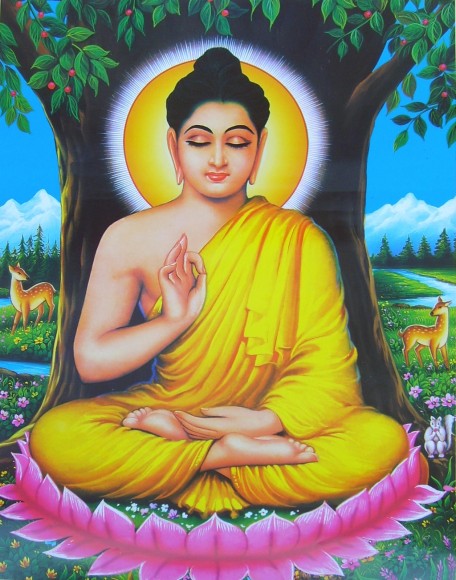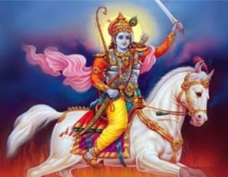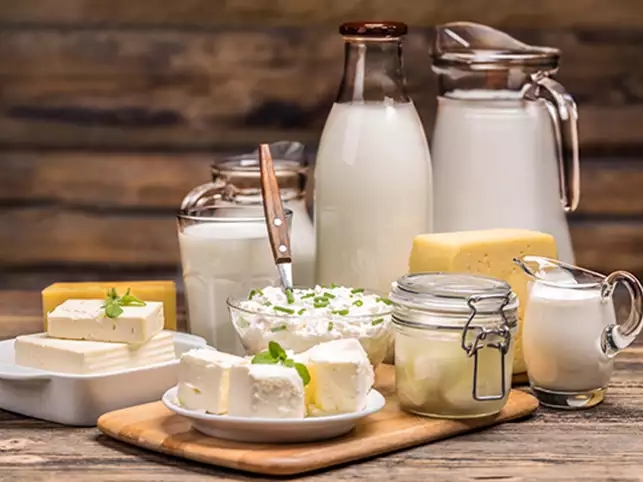 North Indian cuisine is distinguished by the proportionally high use of
North Indian cuisine is distinguished by the proportionally high use ofdairy products; milk, paneer, ghee and yoghurt are all common ingredients. Gravies are typically dairy based. Also, a variety of flours are used to make different types of breads like Chapatis, Rotis, Phulkas, Puris and Naan.
Punjabi Cuisine
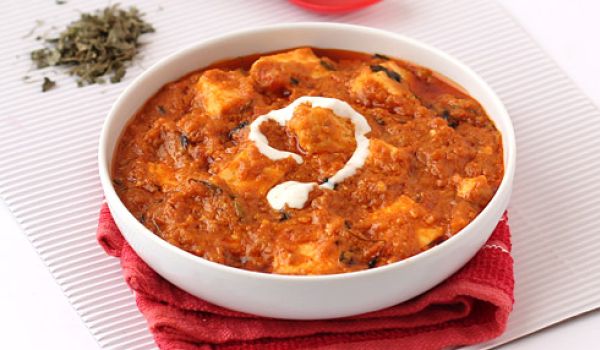 Punjab is a land of milk. One of the main features of Punjabi cuisine is its diverse range of dishes. The level of spices can vary from minimal to very prevalent.
Punjab is a land of milk. One of the main features of Punjabi cuisine is its diverse range of dishes. The level of spices can vary from minimal to very prevalent.Kashmiri Cuisine

The food of Kashmir, known for its rich taste and aroma, can be a plain meal of a family, or even a 36 course wedding banquet called ‘Wazwan’. The spices like cinnamon, cardamom, cloves, saffron, etc.
Delhi Cuisine
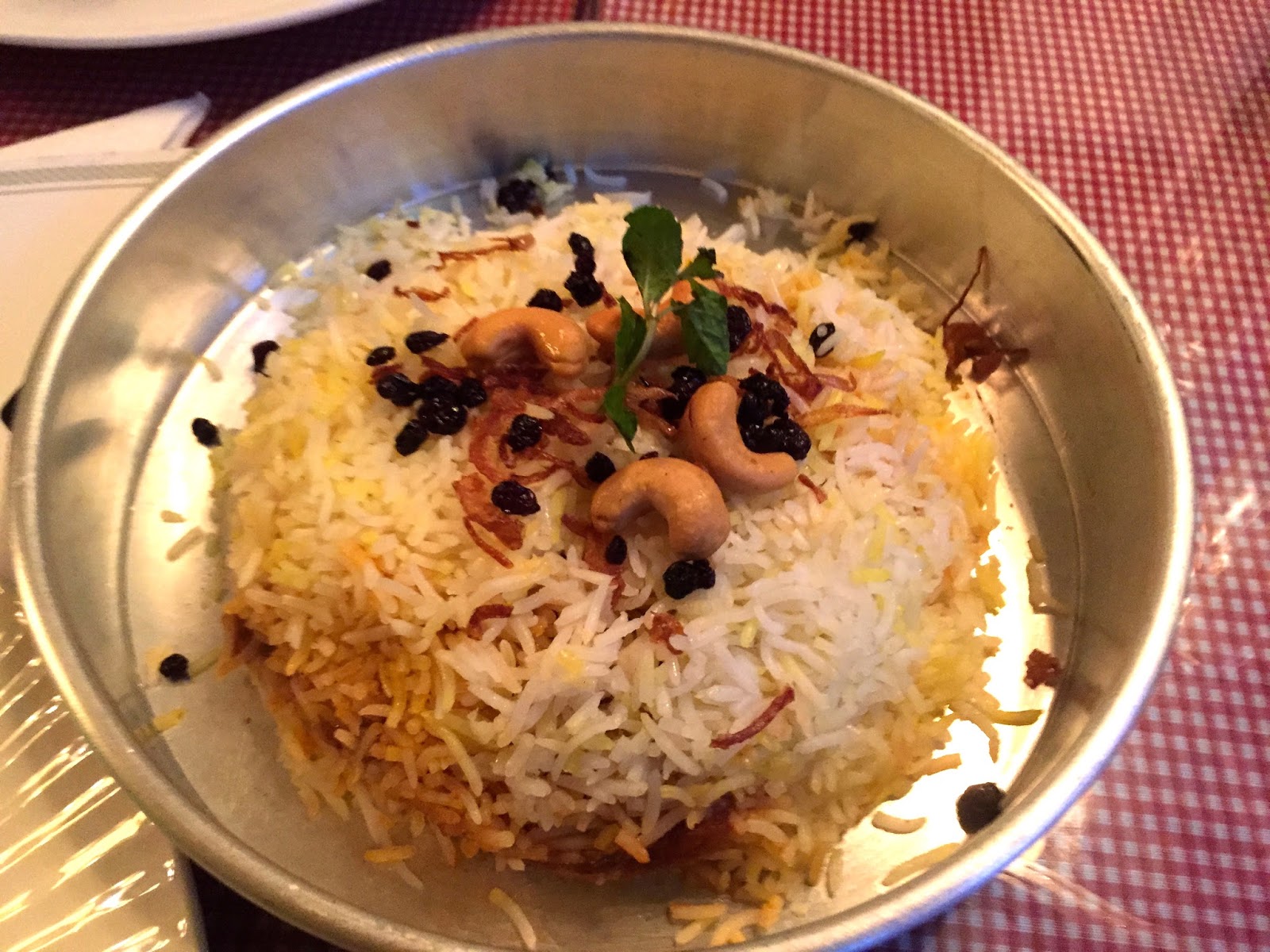 Delhi cuisine is dominating in the northern part of India. It has strong influences of Muslim cooking and some of the dishes still keep their Muslim names like kebabs, kofta, pulao, Biryani etc.
Delhi cuisine is dominating in the northern part of India. It has strong influences of Muslim cooking and some of the dishes still keep their Muslim names like kebabs, kofta, pulao, Biryani etc.Rajasthani Cuisine
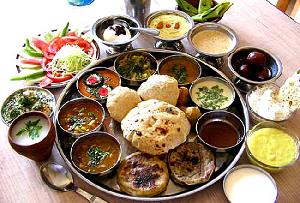 Rajasthan reflects most diverse styles of food in India. Rajasthani food is spicy but largely vegetarian. People of Rajasthan love to eat sweets.
Rajasthan reflects most diverse styles of food in India. Rajasthani food is spicy but largely vegetarian. People of Rajasthan love to eat sweets.Uttar Pradesh Cuisine
 According to a 16th century study, the foods of the Gangetic plain are described as sattu (the flour of roasted pulses), and barley grits eaten with salt or sugar. The state capital, Lucknow, in particular is the favorite haunt of the gastronomes as Uttar Pradesh inherited the magic secrets of the Nawabi cuisines.
According to a 16th century study, the foods of the Gangetic plain are described as sattu (the flour of roasted pulses), and barley grits eaten with salt or sugar. The state capital, Lucknow, in particular is the favorite haunt of the gastronomes as Uttar Pradesh inherited the magic secrets of the Nawabi cuisines.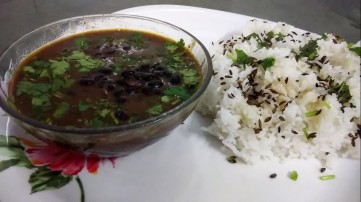 Kumaoni Cuisine
Kumaoni CuisineKumaoni food is very simple and nutritious. This is the food of the people of
Uttarakhand. It is simple and suits the life of the people who reside in the Himalayas.
Mughlai Cuisine
Mughlai cuisine has been influenced by the imperial kitchens of the Mughal Empire. This type of cooking style is found in the northern states
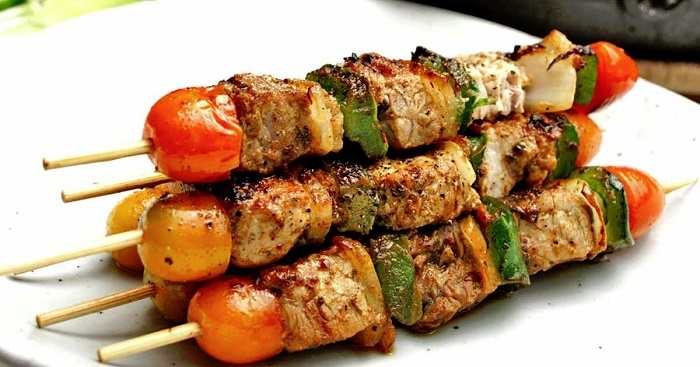 of Uttar Pradesh, Delhi and Punjab.
of Uttar Pradesh, Delhi and Punjab.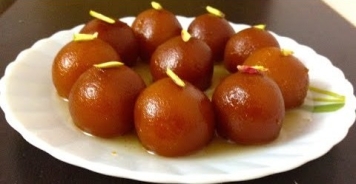
Desserts of North Indian Cuisine
North Indian
desserts and sweets are made of milk, paneer, lentil flour and wheat flour combined with dried nuts and garnished with a thin sheet of pure silver. There are several popular sweets like ‘Mallai ki Gillori’, ‘Khurchan’ (from Mathura), ‘Petha’ (from Agra), ‘Rewdi’ (from Lucknow), ‘Gajak’ (from Meerut), ‘Milk Cake’ (from Alwar), ‘Falooda’, ‘Khaja’ (from Aligarh), ‘Ras Malai’, ‘Gulab Jamun’, ‘Laddu’, ‘Barfi’, ‘Halwa’, ‘Gulqand’ and ‘Balushahi’.
Read more here : North Indian Cuisine


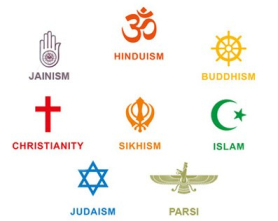



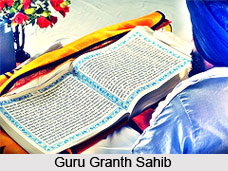
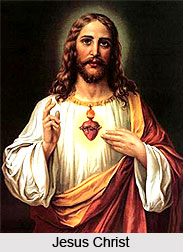
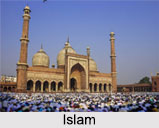

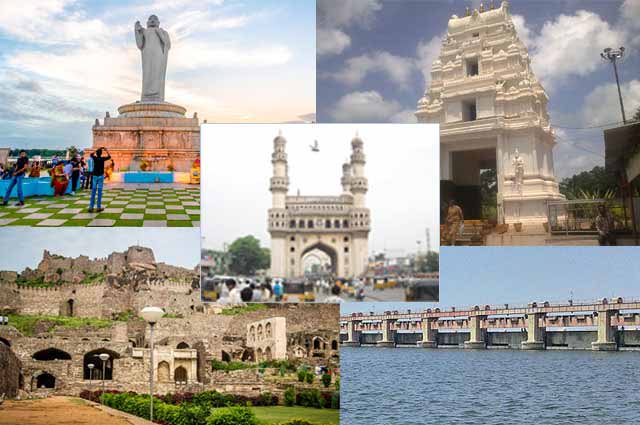

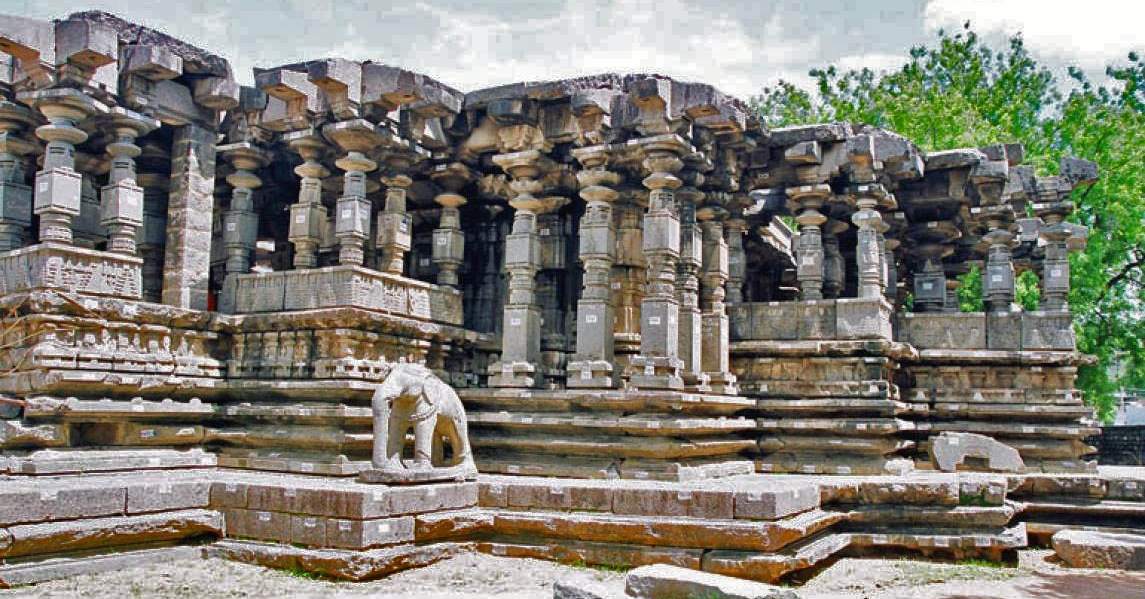


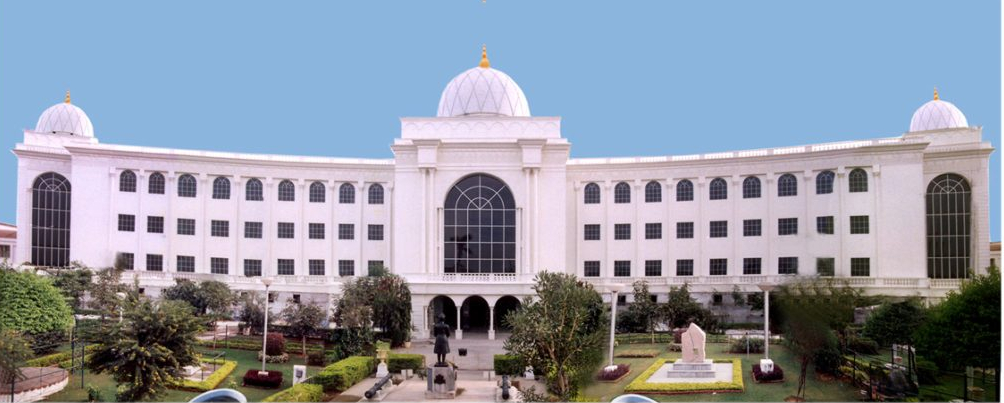 Salar Jung Museum
Salar Jung Museum